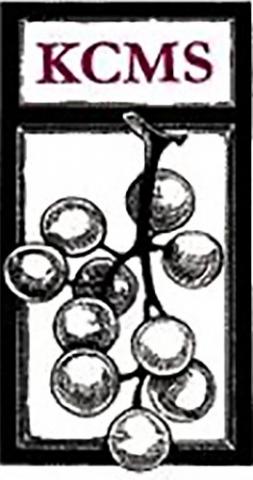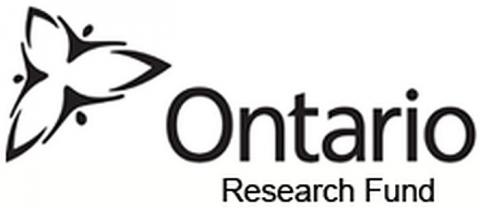VineAlert: Grapevine Bud Cold Hardiness Database
Overview
Welcome to the Ontario regional grapevine bud cold hardiness webpage. The information contained on this webpage is to provide grape growers with comparative levels of bud hardiness for cultivars at different locations throughout the dormant period. Monitoring bud cold hardiness throughout the dormant period is an invaluable tool to assist grape growers in managing winter injury. The data provided from this database will allow growers and researchers to see how cold-hardy grapevines are within a specific area. Cold hardiness is not static but varies throughout the dormant period and is determined through the grapevine’s genetic potential and environmental conditions. Therefore, grapevine species and cultivars vary in terms of their cold hardiness. Bud sampling and testing will be done throughout the entire dormant season to monitor cold hardiness through the acclimation, maximum hardiness, and deacclimation periods. This ever-changing bud hardiness data can be helpful in determining when wind machine use or other freeze avoidance methods are warranted to protect the vines from winter injury.
This research is also fundamental to understanding when, during the dormant period, bud injury occurred and to the question of how growers can ensure that maximal grapevine cold hardiness is achieved for the dormant season. Conditions specific to each geographical area may vary depending on climate, soil and viticultural practices. Therefore, regional sampling accounts for the differences that may lead to different rates of vine acclimation and deacclimation as well as maximum cold hardiness levels. To assess regional differentiations, samples of Chardonnay and Cabernet franc will be taken from the sub-appellations within the Niagara Peninsula and the Viticultural Areas of Lake Erie North Shore and Prince Edward County. Additional sampling of Riesling, Pinot noir, Sauvignon blanc, Merlot, and Syrah will also be done in selected areas where these cultivars are prominent. This database of information will assess varietal and regional variations in cold hardiness over multiple years and assist growers and researchers across Ontario in developing effective and efficient winter protection strategies.
The VineAlert program was initially established through funding from Agriculture and Agri-Food Canada’s (AAFC) Developing Innovative Agri-Products program, the Ontario Ministry of Research and Innovation's (MRI) Ontario Research Fund and Ontario Grape and Wine Research Inc, which support industry-led research and innovation. Ongoing funding for this program in the 2020/21 season is supported by the MVIP program of the Ontario Ministry of Agriculture, Food and Rural Affairs managed by Ontario Grape and Wine Research Inc. This outreach project is a collaboration between Brock’s CCOVI and OGWRI and is part of CCOVI’s heightened emphasis on outreach to the grape and wine industry.
Description of the Project
Regional sampling will occur in replicated vineyards within each of the 10 designated sub-appellations of the Niagara Peninsula and the Designated Viticultural Areas of Lake Erie North Shore and Prince Edward County. The cultivars selected include Chardonnay and Cabernet Franc (the two most widely planted white and red V. vinifera, respectively) in all regions as well as Riesling, Pinot noir, Sauvignon blanc, Merlot and Syrah in selected regions. Temperature data will be linked to each site to ensure accurate site-specific climate data will correspond with cold hardiness data. Critical lethal temperatures for grapevine tissues are determined using differential thermal analysis (DTA) through the use of programmable freezers. Data specific to each location will be updated on a rotational basis from late October until mid-April depending on the growing season. Growers and researchers will be able to access data based on their geographic location, time, and cultivar.
Contributors of VineAlert:








Licensees of VineAlert:




